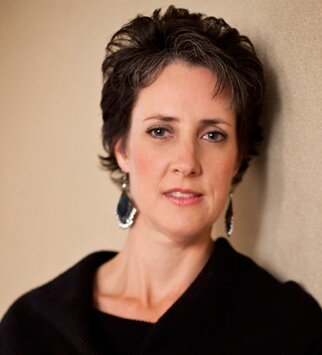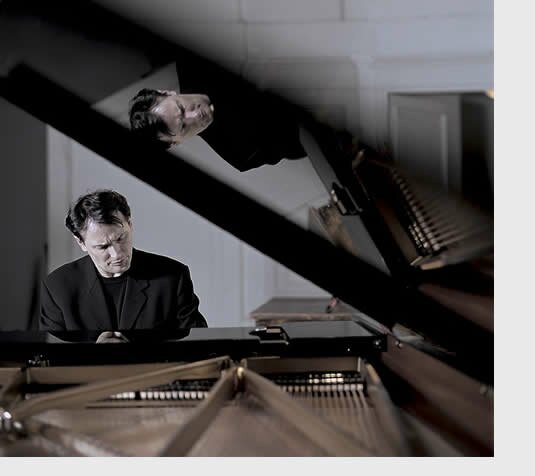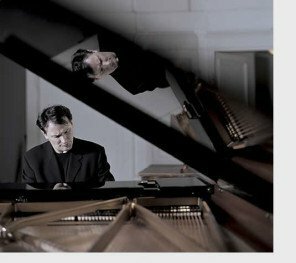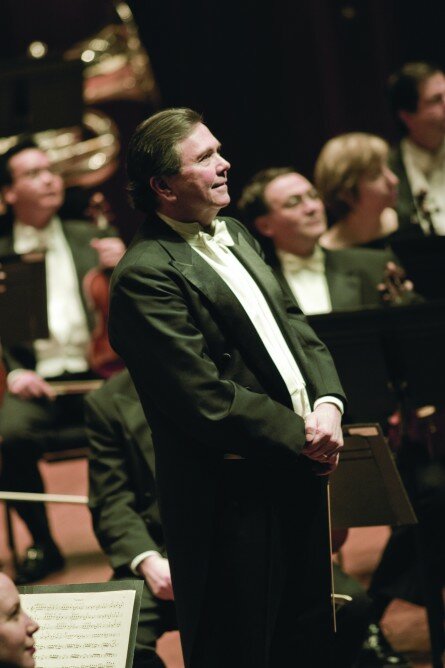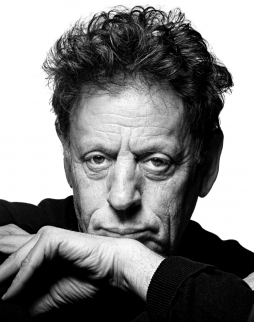Simple Measures can pop up anywhere, as this streetcar video above proves. This program repeats tonight at 6:30 p.m. at the Mt. Baker Community Club. The next Simple Measures concerts are April 19 and 21.
Q Café in Interbay is not what you’d consider the usual venue for chamber music: a big space (for a café) with a concrete floor, a dais in one corner, coffee machine and cash register in the opposite corner, ancient couch on the side. For Friday night, however, the tables put away, casually dressed people of all ages filled the café chairs now arranged in an arc surrounding the dais, and on it were four musicians and a singer.
The occasion was one of Simple Measure’s concerts. Several times a year, the little organization, founded and headed by cellist Rajan Krishnaswami, puts together a small group of some of Seattle’s best musicians plus guests to perform a concert program in various places not usually associated with classical music. Q Café is a regular, as is Mount Baker Community Center, also the Chapel at Good Shepherd Center. The programs have a theme, this season’s being Rhythm, Melody and Harmony, and Friday’s concert was on Melody.
Normally at performances, there is silence between musicians and audience. Not so here. Krishnawami’s premise is that chamber music should be a more informal gathering with discussion flowing and demonstrations given.
For the first half of the program, three members of the Seattle Symphony—violinists Cordula Merks and Mae Lin, and violist Mara Lise Gearman—plus cellist Krishnaswami, joined soprano Jennifer Foster from Connecticut in a varied group of art songs. Cellist and singer conversed about them before performing, pointing out musical moments or style to watch for.
Two songs in late romantic style by Arthur Shepherd to poems of Rabindranath Tragore, two to Shakespeare by Lee Hoiby and a couple by Villa-Lobos gave clear evidence that the art song form is still alive and well.
Foster is an excellent exponent. An art song, as was once explained to me, is an opera in three minutes. Without moving much Foster had to be the characters, and she did this admirably with facial expression as well as vocal.
The two songs by Hoiby had been written for her with her consultation, this being only their second performance. She was ducal in his “If Music be the Food of Love,” words spoken by Duke Orsino in Twelfth Night, and later, for instance, she became a helpful little girl, then a tired old woman in Villa-Lobos’ “A menina e a cancao,” (“The Girl and the Song”). The two Brazilian songs asked for only violin accompaniment: complicated, tricky, and easily accomplished by Lin with Foster.
For the second half of the program, it’s typical for Simple Measures to perform an entire chamber work. Friday, this was Schubert’s “Death and the Maiden” Quartet, preceded by the Schubert song it was named for. The song is quite brief, with Foster first the Maiden pleading to keep her life, then Death, reassuring the girl that it isn’t so bad to go with him. The song lies low for Foster, but she used her well-trained voice with excellent support in her low register to sing it effectively.
It’s always a pleasure to hear the quality of Symphony musicians playing individually. This fine performance showed off the artistry of Merks as the first violin to whom Schubert gives a starring role in this quartet. Her tone and touch as well as her musicianship show why she is such an asset to the music community here.
